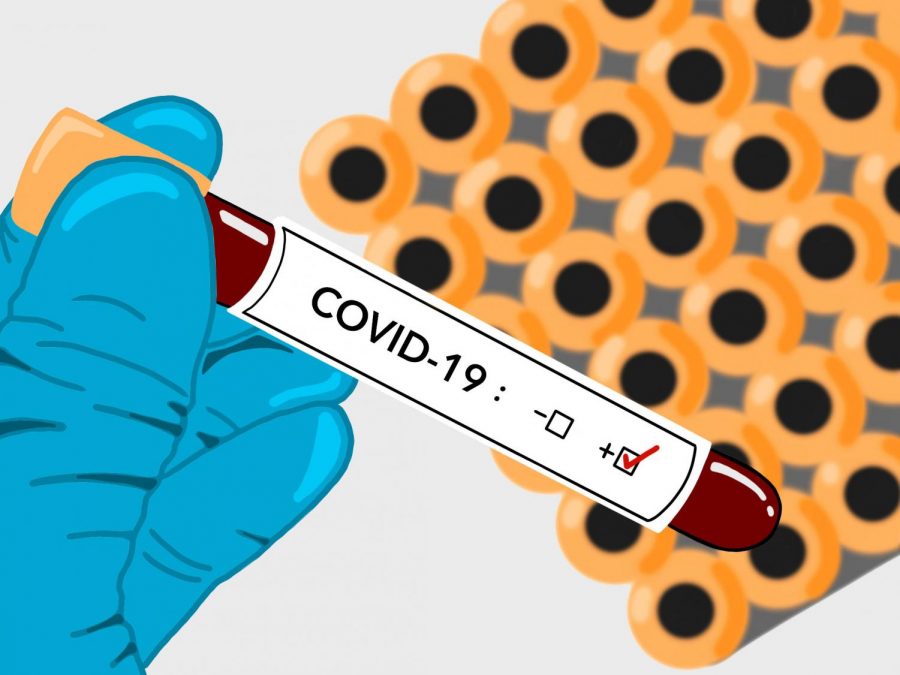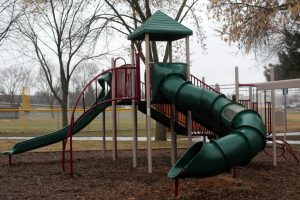Breaking down the surge in COVID-19 testing
Increase in testing creates confusion
Art by Emmy Pearson. Recently there has been an increase in COVID-19 testing in Minnesota, allowing for more cases to be confirmed in the state.
May 13, 2020
Minnesota’s new $36 million COVID-19 testing strategy has given rise to a new level of confusion surrounding the severity of the virus, the rate at which it spreads and what these numbers mean for the future.
This new plan has the capacity for up to 20,000 people being tested per day, rather than the previous standard of 5,000 per day, according to the Star Tribune. Before the plan was put into place April 23, Minnesota was mostly testing health care workers, hospitalized patients and those living in long-term care facilities due to limited test capacity.
According to Dr. Elizabeth Collins, a doctor at Pediatric Services in St. Louis Park, the unsteady increase of confirmed cases in Minnesota is both a result of a lack of social distancing as spring comes to Minnesota, and the ability to test more people.
“I think it’s a combination (of testing and continued spreading). I do think it’s on the upswing here in Minnesota and probably will be for the next couple of weeks, but what we’re trying to avoid is a disaster situation,” Collins said.
Junior Emma Amon said it’s crucial to understand the relationship between the increase in testing and an increase in recorded cases of COVID-19.
“It’s important for people to keep in mind that since there’s more testing there will also probably be more positive tests, so it would be important to note that there’s not necessarily a spike in cases but more of a spike in detected cases,” Amon said.
Minnesota has 213 testing sites, so if one location has a shortage of supplies, medical professionals can send patients to another nearby site, according to Collins.
“There’s still a shortage … In theory we can test 100 people a day, but we don’t have any swabs, so there are still problems,” Collins said. “But it’s much better because at least now we can send somebody to a local site that does have the swabs and can do the testing.”
Collins said because of the lack of certainty surrounding the virus, there is pressure to fill in the unknown through testing for not only the virus, but for the antibodies as well.
“There are a lot of (antibody) tests right now, there are about 100 tests, but the FDA didn’t approve them because they were trying to just rush them through and they’re not working very well,” Collins said.
Minnesota is currently using two types of testing: diagnostic and antibody. The diagnostic test reveals a current infection, while an antibody test confirms if someone had a previous infection, according to the Minnesota Department of Health.
Amon said since COVID-19 is so new, she believes there should be more regulations for tests to ensure accurate results.
“I feel like there should be more regulation at the state level and also by the Federal Government on which tests should be used for testing overall in the state. Especially antibody testing across the nation,” Amon said.
Despite its problems, the testing increase is vital to help slow the spread of COVID-19 because it can inform contact tracing and help exposed persons take proper precautions, according to Collins.
“Now that there’s testing it will hopefully allow us to open up a little bit, mostly because then if you’re symptomatic, you will know that you have coronavirus, and they can contact the people that you’ve been in touch with and they can also quarantine,” Collins said. “They can actually do something, as far as trying to contain it.”
There are 12,917 confirmed cases of COVID-19 in Minnesota as of May 13, according to the Minnesota Department of Health.







